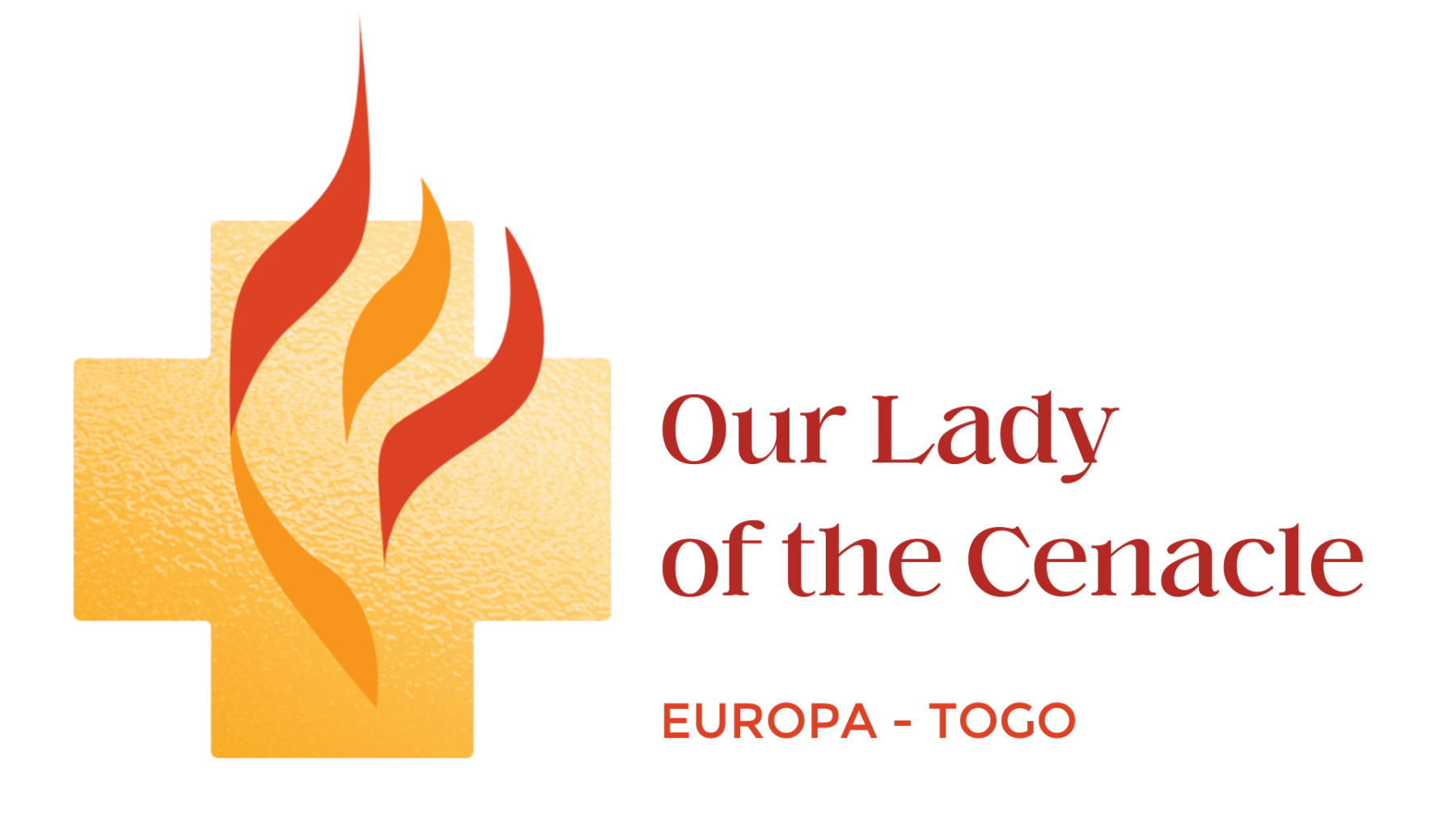Safeguarding in England
The history of UK legislation on the protection of children stretches back to 1601 and beyond with The Poor Law. This law introduced a basic social security system and formalised the system of “putting out of children to be apprentices”. Since then there have been many laws and regulations regarding children and their place in society, some would now seem quite archaic in the 21st century. In the past 20 years however, there have been a number of reports, relating to child sexual abuse in the Catholic Church in England and Wales, the main ones are listed below.
The last 20 years
The Nolan Report 2001
In September 2000, Lord Michael Nolan was asked by the then Archbishop of Westminster to chair an independent committee to review arrangements made for child protection and the prevention of abuse within the Roman Catholic Church in England and Wales
The Nolan Report was published in 2001 by Lord Nolan which highlighted the issue of clerical child abuse.
The Cumberlege Review 2007
The Cumberlege review examined the progress of the Nolan recommendations. It concluded that 79 of the 83 recommendations had either been completely or partially addressed.
The Elliott Review 2019
In July 2019, Ian Elliott (a safeguarding consultant) was appointed to chair the independent review into ‘Safeguarding Structures and Arrangements within the Catholic Church in England and Wales’.
The IICSA Report 2020 Independent Inquiry into Child Sexual Abuse. This is an inquiry into the extent of any institutional failures to protect children from sexual abuse within the Roman Catholic Church in England and Wales, which is now complete.
The Truth Project
The Truth Project offers victims and survivors of child sexual abuse the chance to share their experiences and be heard with respect. It is part of the Independent Inquiry into Child Sexual Abuse (IICSA)
All of these reports are available on line.
These 3 reports/reviews have highlighted the issues of child sexual abuse particularly with in the Catholic Church, although this issue is not confined to the Catholic Church only, it pervades all of society both religious and secular.
The Bishops Conference of England and Wales, having formerly accepted the recommendations laid out in the IICSA Report; that was published on 10 November 2020, and have also accepted the final proposals and recommendations of the Elliott Report in order to shape the safeguarding provision in the Catholic Church in England and Wales.
So where do we go from here?
Is this just another report/review? It is paramount that we listen and really hear what is being said by those who have suffered abuse of any kind from those who had/have a duty of care towards those entrusted to them. It is not just about historical cases, I believe since 2016 there have been more than a 100 reported allegations each year, the true scale may be higher. What is important is that we change our attitude and truly listen to what all these reports are saying, and act positively and with great care and attention.
Are there signs of hope?
The greatest hope springs, from the courage of people who speak out and in the refusal of the laity to accept clericalism and authoritarianism. As a result of the Elliott Review 2019, new Safeguarding Structures in the Catholic Church of England & Wales are being set up and Fr David Smolira SJ – has been appointed Religious Lead for Safeguarding Implementation within Religious Congregations. This is in its early stages but should be up and running by June 2021.
These reports/reviews challenge us to take their findings seriously and not just another report that will tick a few necessary boxes. We have to take these reports to heart for the sake of those who have spoken up and those who have not or it will all ring rather hollow to those who have had the courage to speak out. One child who has been sexually abused is one too many.
A possible way ahead
The essential next step must be to listen to the victims, with great attention and not defensively. We must have an attitude of openness and a generosity of heart to really listen and hear their stories; it can have a transforming effect. Pope Francis spoke to priests and religious and seminarians in Chile in 2018: “A wounded Church does not make herself the centre of things but puts at the centre the one who can heal those wounds, whose name is Jesus Christ”.
Over the next few months the new structures for Safeguarding within Religious Congregations will slowly appear and hopefully we can respond with love and generosity to those who need our help and support in these challenging times. We must also have a care for those who are vulnerable or at risk in our society e.g. those in care homes and nursing homes, who depend on us to protect them often in their final years.
The Pandemic has highlighted another area where we need to be alert to possible abuse, which is on-line through the many media channels available to us. NCSC (National Catholic Safeguarding Commission) and CSAS (Catholic Safeguarding Advisory Service) have issued guidelines for on-line activity with children and vulnerable adults. Both of these bodies will be incorporated into the new upcoming structures of Safeguarding.
Finally let us pray the following prayer:
Prayer
Heavenly Father, Guide our work for all your people, to bring your healing love for young and old. Inspire us with wisdom and justice, to serve you with integrity and truth. Enable us to be Christ-like in our wounded world, to defend the powerless and safeguard the abused. Embolden us with the fire of your Spirit, to become the renewed church of tomorrow. Amen.
By Sister Marion, Community of London
Photos : © Jhandersen Dreamstime.com, The Independent Inquiry into Child Sexual Abuse


